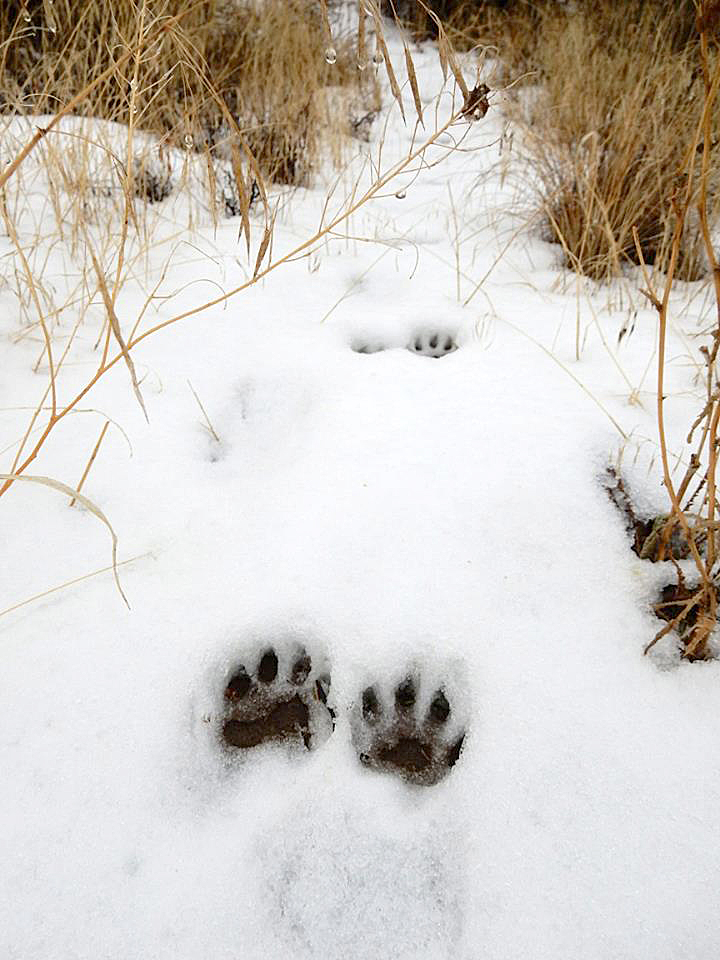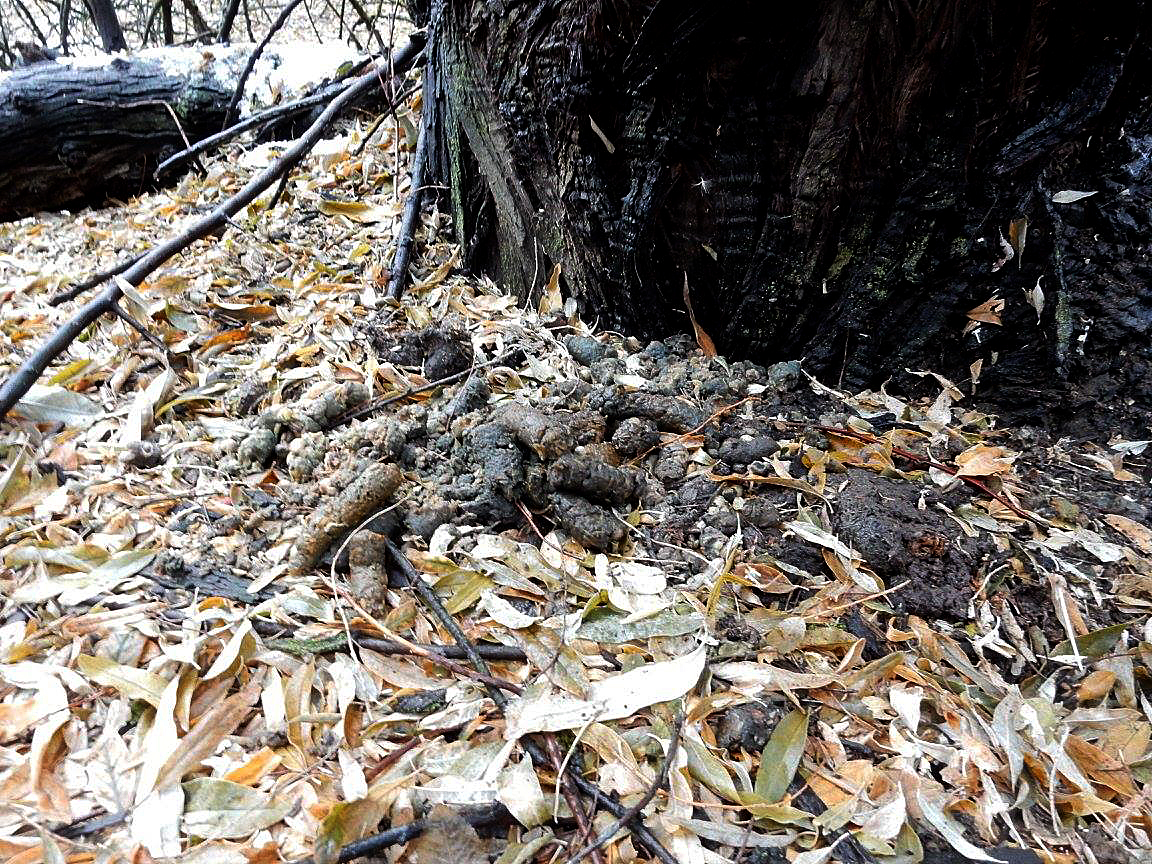By: Gabe Garms
A good indicator of the arrival of summer here in the Pacific Northwest is when the roadsides begin to pop with the bright yellow flowers of Hypericum perforatum, also known as St. John's wort. It's an introduced species here in the United States and grows throughout most of the country. Hypericum loves human disturbance and tends to grow near edges, such as roadsides and open lots and meadows, where you'll typically find it in abundance. Many consider it a noxious weed, but hopefully after reading this article, you'll see that it truly is a magical plant.
When harvesting wild plants for medicine, the first and most important thing to consider before you begin is that you're harvesting the correct plant. There are other lookalike plants that grow amongst Hypericum in the wild that can be toxic if ingested. So before I dive into the magic that is this herb, let's first learn how to identify it correctly.
If you look at the picture to the top right, you'll notice the flowers are bright yellow, have 5 petals and numerous stamens bursting from the center. In the second picture, notice that the leaves are growing off of the stem opposite of one another and will occasionally have little red specks on the underside (the red specks are the active ingredient - hypericin). Now look at the third picture and notice that if you hold a leaf up into the light, there are numerous little transparent holes (hence the name perforatum - which is latin for perforated). So now that we've correctly identified Hypericum perforatum, now let's get into all of the fun stuff.
MEDICINAL VALUE:
While this herb is incredibly medicinal, it deserves much respect and can hurt you just as easily as it can heal you. Before I get into it's medicinal uses, I feel it's important to state that you shouldn't take Hypericum if you're taking any kind of pharmaceutical drugs. While it doesn't negatively interact with all pharmaceuticals, I would recommend playing it safe and not risk mixing them together. It should also be avoided by people who are bi-polar or experiencing any kind of psychosis. I've seen someone take it with a form of psychosis and it likely magnified this person's condition. Also review the dosages section below before you begin to use this herb.
The main active constituent (ingredient) in Hypericum perforatum is a red compound called hypericin. It's taken medicinally as either an oil or a tincture (I discuss how to make both towards the end of the article) and it's used to treat the following:
- Back pain - The oil is used topically to treat pain caused by nerve damage. Specifically, it's great for back pain (ie sciatica nerve damage).
- Depression - The tincture is used to treat a fleeting bout of depression - caused by a loss or a sudden change in your life. I've found that herbs like motherwort and wild rose are much safer alternatives for prolonged use and for children. But I have seen Hypericum work many times for people who are feeling down.
- Retroviruses such as HIV and Herpes - The oil can be applied to cold sores and the tincture is used to treat both viruses. There are quite a few scholarly articles (search Hypericum perforatum on google scholar) out there about the effectiveness of this herb in the treatment of both HIV and HSV. I also have a friend who has seen it work with a family member.
- Attention Deficit Disorder - Since it strengthens and rejuvenates the central nervous system, it eases the anxiety associated with ADD by bringing you back into balance. I have ADD myself and Hypericum tincture has worked great for me at times when I need to focus.
- Tonic for the Central Nervous System - The tincture helps rejuvenate, strengthen and restore function to the CNS. However, it should only be taken for a short time. For long term strengthening of the CNS, I personally use oatstraw as an infusion. I'll write an article about oatstraw this coming fall when it comes time to harvest.
OTHER USES:
- Sunscreen - The oil is applied to the skin. Many different commercial sunscreens are being linked with cancer, and hypericum is a natural, safe and effective alternative.
- Pollinator attractor - Hypericum has been documented to attract numerous pollinator insects.
HARVESTING:
June is the best time to harvest the plant, which is why I wanted to post this article now. You want to harvest the top third of the flowering plant (flowers, stems and leaves), and to ensure that you're getting the most medicinally potent plants, you'll want to perform the crush test (this test also helps with identification). Simply take a couple flowers/buds and crush them between your index finger and thumb. If a distinct red stain is left behind (see picture to the right), that means it's loaded with hypericin and you've found a great plant to harvest. After hypericum has been in flower for awhile, it loses it's potency and doesn't stain when crushed. So if you're looking to make the most potent medicine, the crush test is a good habit to get into before the harvest.
PREPARATION:
Just as Hypericum loses it's potency after it's been in flower for awhile, it also becomes significantly less potent when it's dried. Because of this, it's not very useful as a tea and is most effective as either an oil (to be applied topically) or as a tincture.
To make the oil, fill a mason jar with fresh plant material (see picture above right), and fill the jar with olive oil almost to the top. Now cover the jar with a paper towel and secure it with a rubber band. This method is recommended because you want to allow the moisture that the freshly picked plant releases to escape the jar. If you seal the jar with a metal lid, the trapped moisture can ruin your oil. Let the oil sit for 4-6 weeks in a cool, dark place and then filter the plant material out. The oil stays good for 1-2 years.
To make the tincture, pack the jar with fresh plant material and add 80-100 proof grain alcohol almost to the top (I typically use unflavored vodka). Now seal the jar with a metal or plastic lid and store in a cool, dark place for 6 weeks. Shake the jar once per day for the first couple of weeks. Filter out the plant material and store in a dark colored bottle. The tincture stays good for 5+ years.
DOSAGES:
I was recently listening to a podcast by one of my favorite herbalists, Jim McDonald, and he said something pretty profound regarding tincture dosages. He said that the correct dosage is the minimum amount of the herb that it takes to cure the ailment. So while some herbalists recommend taking 20 drops of the tincture 2-3 times per day, Jim instead recommends taking 5 drops at a time more frequently throughout the day. I have been trying this with my own tincture intake and I've definitely noticed a difference. So with Hypericum you can either take 20-30 drops 2-3 times per day or 5 drops more frequently throughout the day. But remember not to take it for long periods of time and start slow. What I mean by that is to start your dosages on the small side (5 drops or so) to see how your body reacts before you increase your dosage.
So hopefully you've learned a thing or two about an herb which is probably growing on or near your property. As you get to know it, give it the respect that it deserves and it will become a great ally. Thanks for reading!
DISCLAIMER: I am not a doctor and the above information is solely meant for educational purposes. For medical advice, please consult a medical healthcare professional.




























































































































